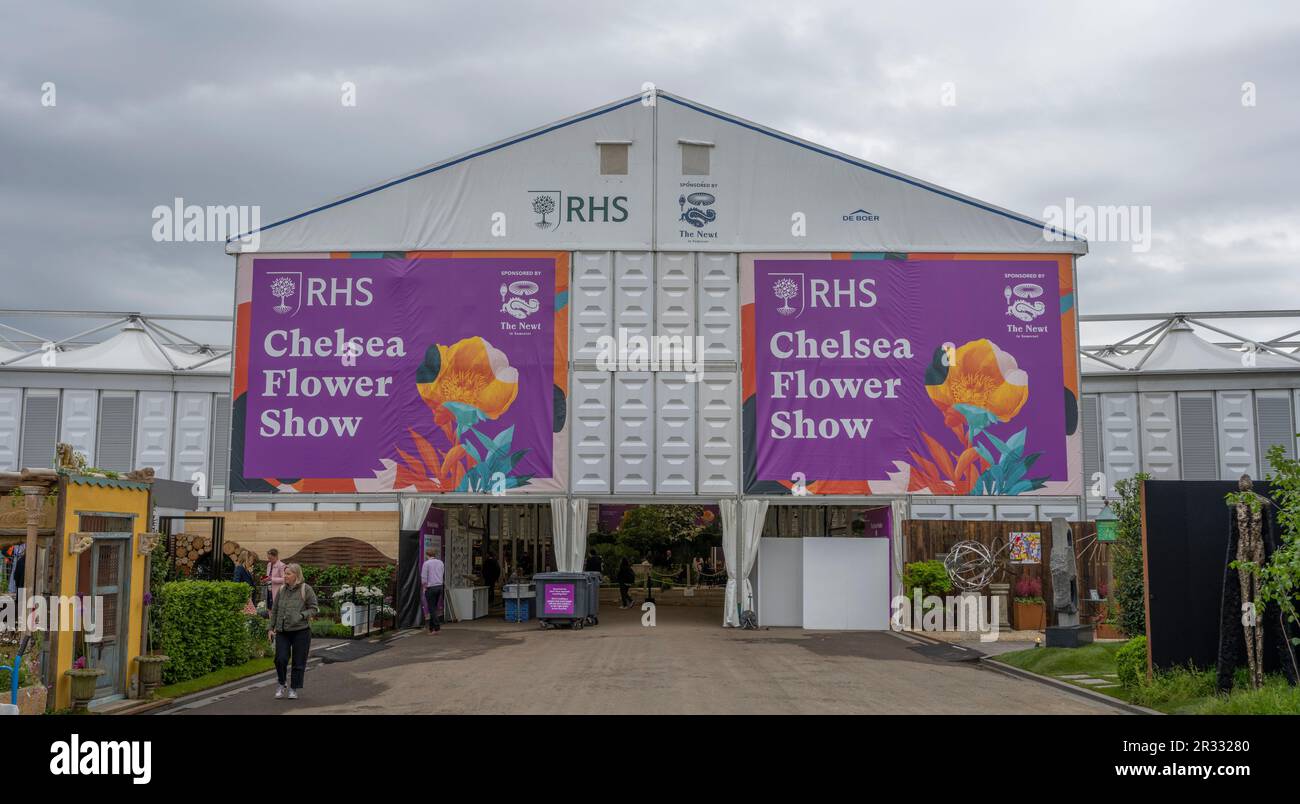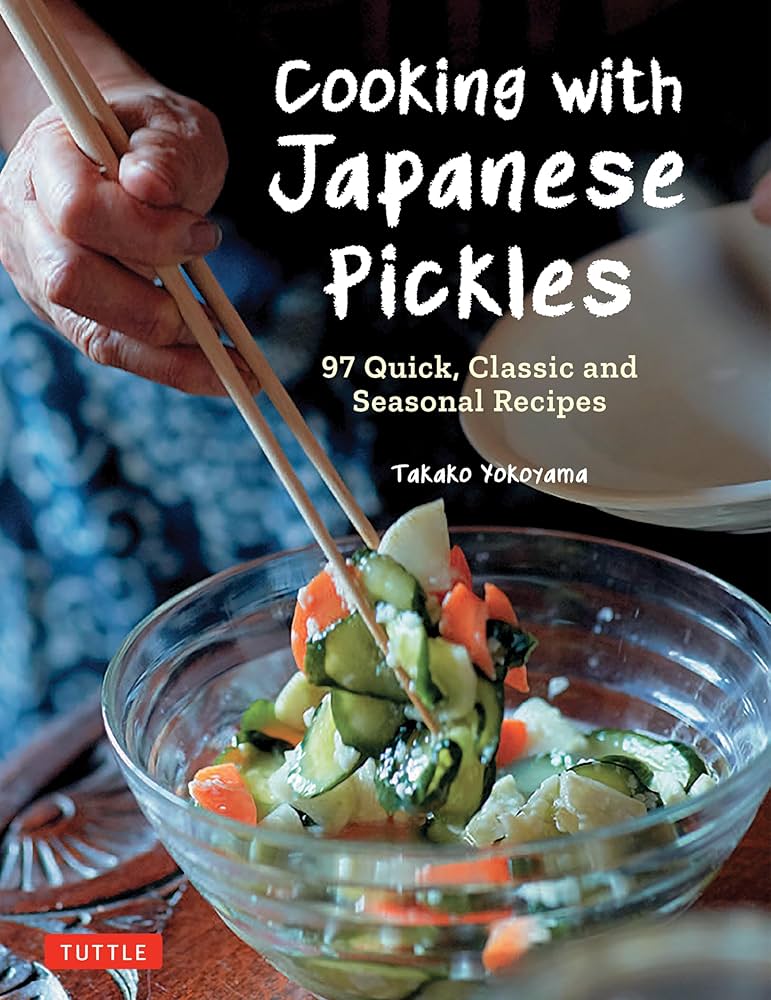Essential Gardening Practices for Pickling Enthusiasts
As a passionate pickling enthusiast, I’ve come to realize that gardening plays an indispensable role in creating the most delightful pickled treats. The relationship between your home garden and the following can result in a bountiful harvest that’s perfect for preserving. Today, I’m sharing the nuances of choosing the right crops for pickling, caring for your plants, and the art of harvesting at just the right moment.
Crafting the Perfect Pickling Garden
Creating a garden that caters specifically to pickling involves selecting the right vegetables that are not only robust but also lend themselves well to brining. Cucumbers, of course, take center stage—but don’t overlook the merits of other candidates like green beans, carrots, and beets. Each of these can add delightful textures and flavors to your jars.
Vibrant selections in the pickling garden
While planning your garden, consider the layout and how you can maximize space. Raised beds can be a wonderful solution, allowing you to control soil quality and drainage. Additionally, I’ve had great success incorporating companion planting techniques, such as pairing cucumbers with nasturtiums, which can help deter pests naturally.
Soil Preparation and Nourishment
Once you’ve settled on your ideal crops, the next step is preparing your soil. Start by testing the pH levels to ensure a suitable environment for growth. Typically, crops that are good for pickling thrive in slightly acidic to neutral soil (around 6.0 to 7.0). Enrich your soil with organic compost to boost nutrient content, resulting in more flavorful produce.
Speaking from experience, incorporating layers of straw or grass clippings can also enhance moisture retention and keep weeds at bay—a must for busy gardeners! Remember, healthy plants produce better yields, crucial for canning season.
Harvest Time: The Art of Timing
Timing is everything in the realm of gardening, especially when it comes to harvesting vegetables meant for pickling. The ideal moment to pick cucumbers is when they reach about six to eight inches long; any longer, and they start to turn bitter, which is a common pitfall.
“Harvesting at the right time ensures a crisp and tasty finished product.”
Similarly, green beans should be harvested when they are young and tender, while carrots can be pulled when they’re at least half an inch in diameter. The fresher the veggies, the better your pickles will taste.
Freshly picked veggies ready for preserving
Preserving Techniques for the Perfect Jar
Once you’ve harvested your produce, the next step is mastering the art of pickling. There are numerous pickling methods, from quick refrigerator pickles to traditional water-bath processing. Each technique comes with its unique flavors and textures, so don’t hesitate to experiment.
For the traditionalists, a classic brine of equal parts vinegar and water seasoned with your choice of spices is a good default. Dill, garlic, and mustard seeds have found their way into many of my jars, each adding their unique zing.
However, if you’re new to pickling, I recommend starting with refrigerator pickles. They’re quick to prepare, and the immediate gratification allows you to adjust your recipes according to taste without the pressure of a long-term commitment. It’s the perfect way to refine your palate!
Colorful assortments of homemade pickles
The Sweet Rewards of Pickling
The joy of gardening and pickling is truly rewarding. There’s something special about seeing the fruits (and vegetables) of your labor transform into delicious pickles that friends and family can enjoy. It’s not merely about preserving food; it’s also about sharing heritage, stories, and delightful experiences around the dinner table.
As you dive into your gardening endeavors this season, remember that the hard work you pour into your plants today will blossom into flavorful, crunchy pickles in the future. Let’s celebrate the art of pickling together—one garden at a time!
Final Thoughts
Whether you are a seasoned gardener or just starting out, the process of nurturing your garden and transforming it into flavorful pickles is immensely gratifying. For many avid picklers, it’s a cycle not just of growth, but also of creativity and community. Let’s embrace this journey together, one cucumber at a time!
Don’t forget to check your local gardening guidelines and connect with fellow gardening enthusiasts. Happy pickling!
Suggested Resources
- Explore the National Pickling Association for more information.
- Join local gardening workshops to connect with fellow picklers.


 Photo by
Photo by 












